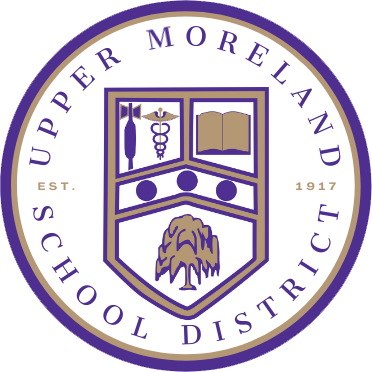Advanced Placement European History
Planned Instruction for Social Studies
Course: Advanced Placement European History
National Standards:
NCSS 1 A, B, C Culture
NCSS 2 A – F Time, Continuity, and Change
NCSS 3 A, B, C, G, H, I People, Places & Environments
NCSS 5 E, F, G Individuals, Groups, & Institutions
NCSS 6 A, C, D, F, G, H Power, Authority, & Governance
NCSS 7 D, H Production, Distribution, & Consumption
NCSS 8 A, B, C, D Science, Technology & Society
NCSS 9 A, B, C, D, E, F Global Connections
PA Core - Reading and Writing for History and Social Studies:
8.5 Reading Informational Text
8.6 Writing
Course Description:
The goal of the high school social studies program is to develop citizens who will be able to participate in a culturally diverse, democratic, global society. The social studies program provides an integrated study of history, geography, civics, economics, and related social studies disciplines. The program emphasizes active learning strategies, research and inquiry skills, as well as critical thinking, reading, and writing.
This course offers an in depth examination of European history from the Renaissance to the modern era. Topics of study include: The Renaissance, the Protestant Reformation, the Age of Religious Wars and Counter Reformation, the rise of absolute monarchs, the Age of Reason and Enlightenment, the French Revolution and Napoleon, the Age of Revolutions, the Industrial Revolution, the rise of European nationalism and expansionism, World War I, the rise of Fascism, World War II, the Cold War, and modern Europe. The role of geographic, social, economic, and political development will be integrated into the topics studied. The student will be able to analyze primary and secondary documents, identify cause and effect relationships, and provide explanations for current issues facing the European people based on past experiences and events. This course will prepare students for the Advanced Placement European History exam.
Specific and measurable objectives directly related to the academic standards to be achieved by the students:
The specific objectives for this course are delineated in the Upper Moreland Township School District Social Studies Scope and Sequence based on the standards set forth in Expectations of Excellence: Curriculum Standards for Social Studies published by the National Council For The Social Studies (NCSS). Specific objectives are also listed in the corresponding Pennsylvania State Standards for History, Geography, Economics, and Government.
Content to be used to reach objectives:
In order to provide a meaningful social studies education that encourages active and differentiated learning a variety of instructional strategies, activities, and materials will be utilized.
Materials:
Text & Digital Resources:
Spielvogel, Jackson. Western Civilization Since 1300. AP® Version. 10th ed. N.p.: Cengage, 2016.
Ancillary materials
Supplementary reading and media resources
Web based resources
Cengage digital resources, including Mindtap and Fast Track to a 5
Instructional Activities:
In order to achieve the stated goals the following best practice strategies will be utilized:
opportunities to investigate topics in depth
opportunities to exercise choice and responsibility by choosing topics of inquiry
the exploration of open-ended questions that challenge thinking
active participation
modeling, scaffolding
Big 6 research techniques
independent inquiry and cooperative learning
observing, discussing, and debating topics and issues
the use of written materials, primary and secondary source documents
audio-visual presentations
Document analysis and argumentation
effective use of technology to develop reading and writing skills
Estimated Instructional time to be devoted to achieving objectives:
Approximately 86 minutes per day, on an alternating block schedule
Procedure for measurement of student progress on the stated objectives:
A variety of assessments will be used to measure student progress. These include:
Classroom discussions/participation
DBQ (Document Based Question) assignments with accompanying rubrics
Debates with accompanying rubrics
Entrance and Exit slips
Homework
Independent research
Individual and group projects with performance based rubrics
Journals
Formative and Summative tests and quizzes
Oral presentations with accompanying rubrics
Portfolios
Turning Point Essays
Quick write activities
An explanation of how student grades will be determined:
A student’s grade will be determined through a minimum of seven assessments per marking period. In keeping with the idea that students learn in a variety of ways a minimum of three different types of assessments will be used to determine the student’s grade. Classwork and homework will be weighted 30% of the overall grade. Quizzes and tests will be weighted 70%.
